Gene Therapy Articles
Featured Articles
Read our latest stories on the people and scientific innovations making a difference in patients’ lives.
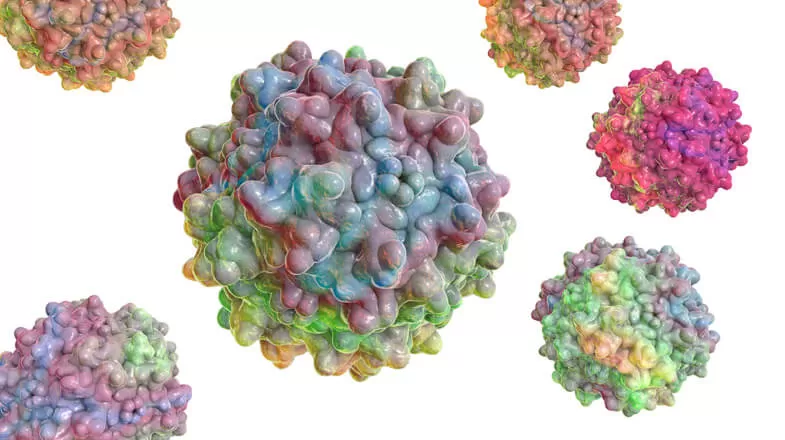
Science & Innovation
Customizing Viral Vectors to Further Gene Therapy Innovation
It seems strange to think that a harmless virus could be the key to treating an illness. But an innovative and transformative medicine called gene therapy uses non-disease-causing viruses to deliver a healthy copy of a gene that aims to treat the underlying cause of a disease. These viruses are used as vectors or vehicles that deliver genetic materials to specific cells.1 “As this flourishing field expands, scientists are engineering viral vectors that are more precisely able to deliver...
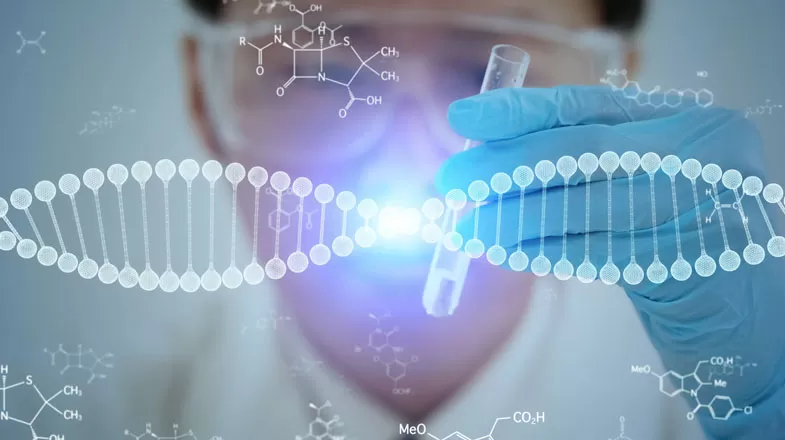
Purpose & Ideals
Through Public-Private Partnership, Scientists are Working to Better Understand Gene Therapy and How it Could Help Patients With Rare Diseases
A rare disease is, by its very nature, rare. The CDC defines a rare disease as a condition that affects fewer than 200,000 people in the United States, or no more than one out of every 2,000 people in Europe.1 And yet, rare diseases—which frequently have a genetic component—affect many: there may be as many 7,000 different types of rare diseases, impacting 25 to 30 million people in the United States, according to the National Center for Advancing Translational Sciences.2 Often, rare diseases...
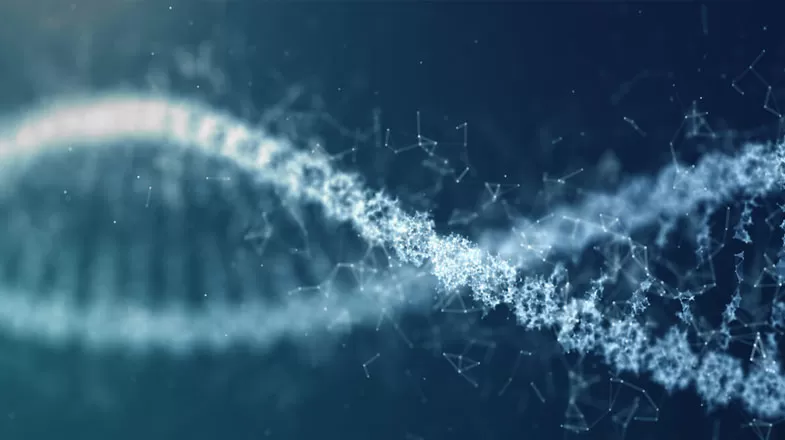
Genes as Medicine: Understanding Gene Therapy
Our genes are like a set of blueprints, telling our cells how to function and make essential proteins that drive life. In turn, these proteins influence everything from the color of our eyes to how well our blood clots. We have a lot of genes — between 20,000 and 25,000 in total. Every person has two copies of each gene, one from each parent. Sometimes genes can have a small mutation, or change to its protein-making instructions, which can cause certain diseases. Some of these mutations are...
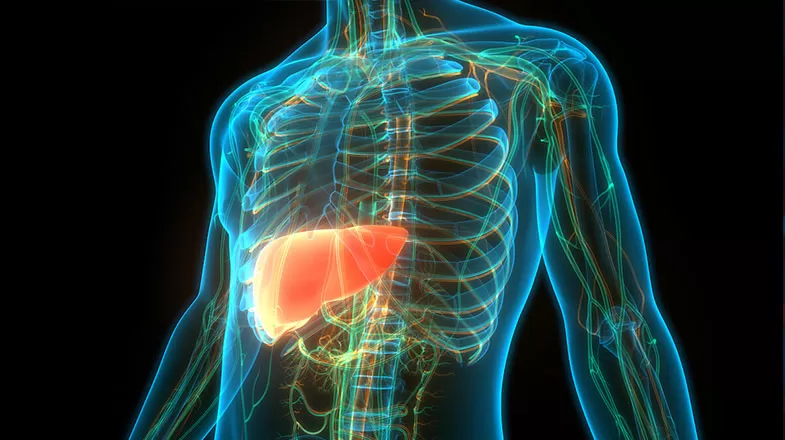
A Rare Disease Halts a Navy Pilot’s Dreams, But Gives Him a New Mission as Patient Advocate
Cory Woodall flew as a Navy flight instructor before his symptoms from Wilson disease became too debilitating.In 2017, Cory Woodall, was living his dream. A U.S. Navy flight instructor, he flew a P-3 Orion— a surveillance aircraft— with ease, and hoped to someday become a commercial pilot. But he soon started developing troubling symptoms. His hands shook from tremors, and his reaction time and cognition had slowed.“It interfered with my flying to the point that I needed to take a pause,” said...
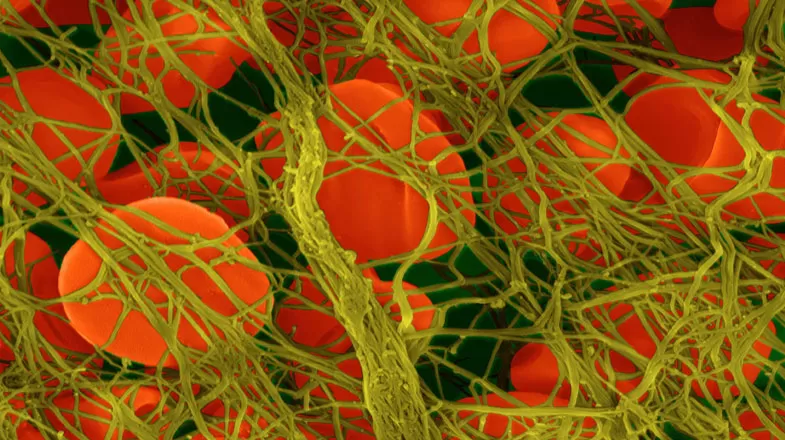
A Novel Approach to Hemophilia: Stopping the Body’s Natural Clotting Brakes
Our bodies delicately balance clotting and anti-clotting mechanisms, which help to stop bleeding when there’s an injury or dissolve dangerous clots that can form in blood vessels. But for patients with hemophilia, a rare genetic disease that causes deficiencies in clotting factor VIII or IX, this delicate balance is upset. Patients experience excessive bleeding after an injury and can suffer permanent joint damage following repeated bleeding episodes. For decades, the most common treatment...
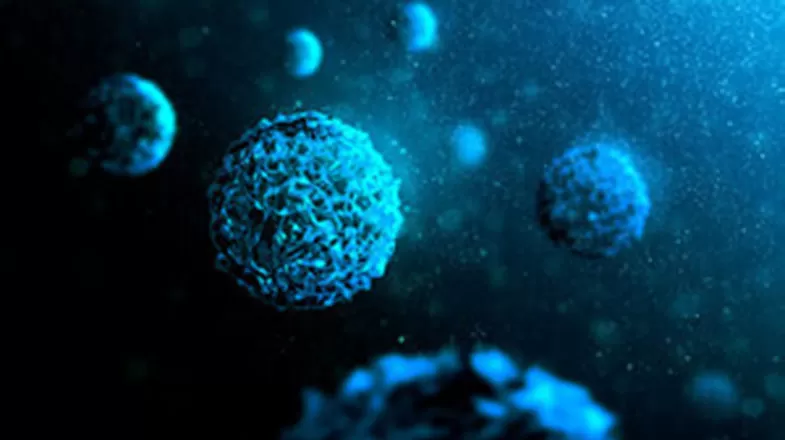
Science & Innovation
Turning the Promise of Gene Therapy into a Reality
Pfizer's Rare Disease team is focusing on highly specialized, potential gene therapy treatments, and clinical trials are underway to explore the potential of gene therapy. By targeting the underlying cause of a genetic disease, Pfizer hopes to restore normal function in affected tissues or cells, which could potentially enable a patient to manage his or her disease without the need for ongoing treatments. If Pfizer is successful, imagine the possibilities. How do you translate disease...
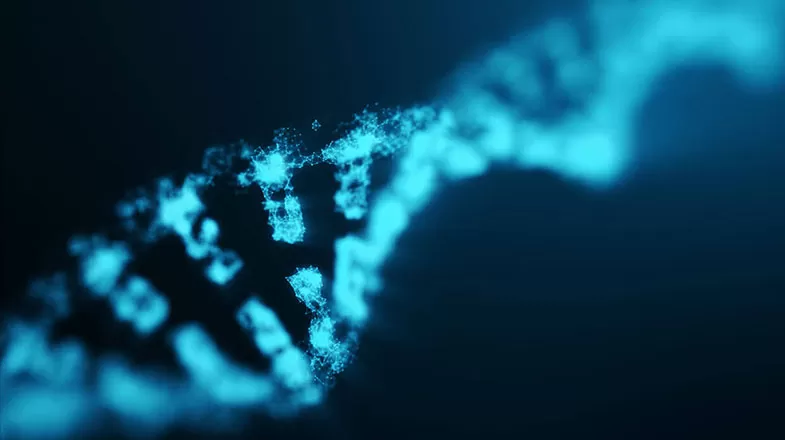
Are Genetic Tweaks Made by Gene Therapy Handed Down to Offspring?
The possibility of finding a treatment or even a cure for genetic disorders such as muscular dystrophy or hemophilia has taken a giant leap forward in recent years with the advent of gene therapy as a way to modify a defective gene or group of genes. But would those changes be handed down to that person’s offspring? In general the answer is no, except in a very specific circumstance that isn’t being pursued by pharmaceutical researchers as a potential therapy. But to understand why those...
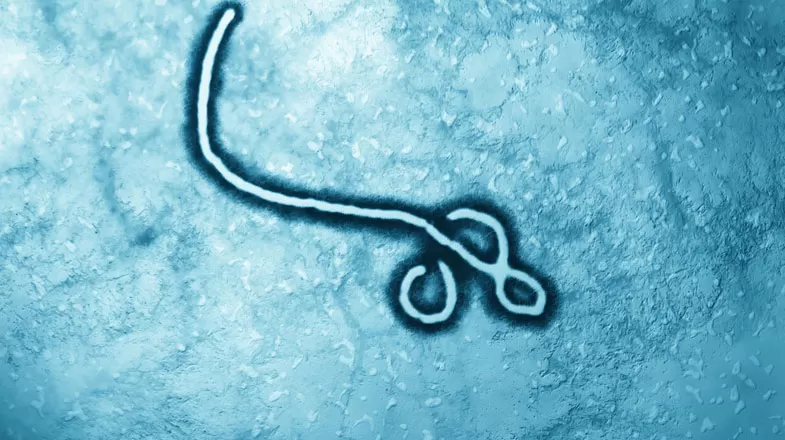
What Is a Virus and What Makes Them Both Fearsome and Useful?
Even people who are in the best of health occasionally battle the common cold or the flu — both caused by viruses. In the case of the common cold, the rhinovirus is most often the culprit. In the case of the flu, it’s the various permutations of the influenza virus. And those are just two types in a panoply of viruses that inhabit our world, including polio, rabies, Zika and Ebola. But what exactly is a virus? How is it different from bacteria? And how can a microbe that is believed to be one...
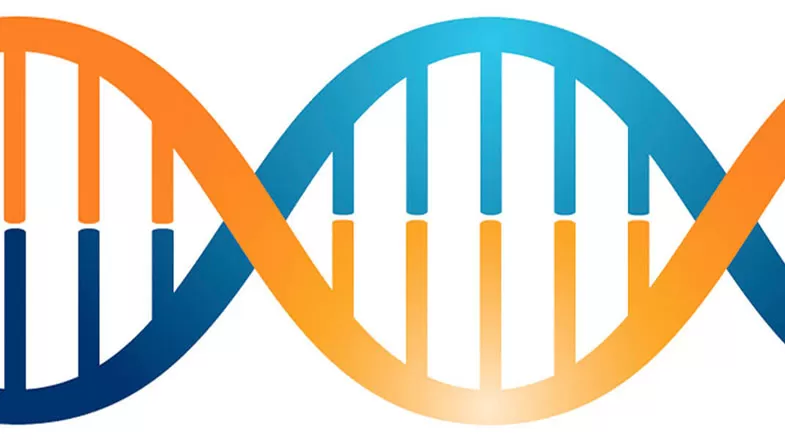
Science & Innovation
Imagine the Possibilities: Gene Therapy
Genes play an essential role in determining the function of each cell in the body, making up 30 million codes of DNA. If even one of these codes is damaged, a genetic alteration may occur causing a genetic disease. Gene therapy has the potential to significantly improve the lives of people who have genetic diseases caused by genetic alterations, some of which can be debilitating and life-threatening. Pfizer Rare Disease is focusing on highly specialized, potentially one-time gene therapy...
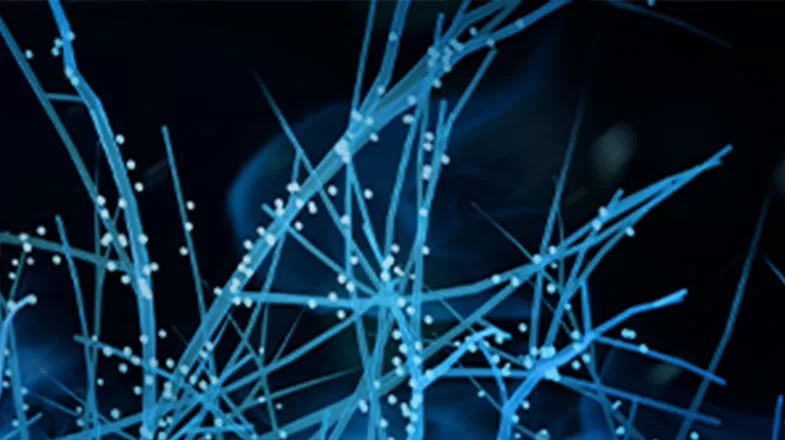
Deploying DNA-Delivery Trucks To Fix Genetic Diseases
The adeno-associated virus (green) can infect a wide range of vertebrates without causing symptoms. It needs a helper virus like the adenovirus (orange) to replicate. (Science Photo Library) A benign virus, turned DNA-delivery truck, may hold the potential to repair gene malfunctions that can trigger disease. Over millions of years, viruses have evolved to be efficient at invading our cells and inserting their genetic material so they can multiply. If you’ve ever had the flu, measles...
Media Resources & Contact Information
Anyone may view our press releases, press statements, and press kits. However, to ensure that customers, investors, and others receive the appropriate attention, Pfizer Media Contacts may only respond to calls and emails from professional journalists.
